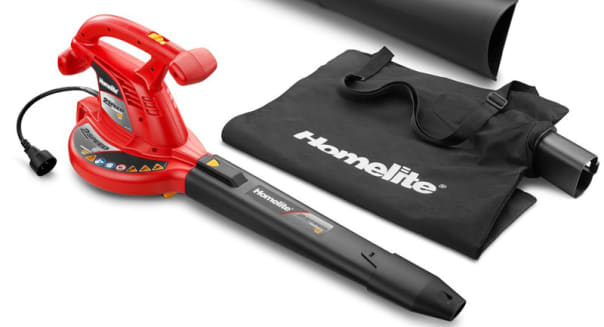Filed under: Technology, Consumer Ally, Consumer Issues, Consumer Protection, Shopping Trends

Craigslist has an enormous global user base -- the site gets more than 50 billion page views, and users post over 80 billion classified ads per month, according to the company -- but its size, anonymity and lack of policing also deter some would-be buyers and sellers.
Most people have -- or know someone who's had -- a sketchy experience on Craigslist. For instance, when Josh Rubin of Sacramento, California, tried to buy a used laptop, the 32-year-old says he "ended up meeting someone that pulled up in a windowless van full of electronics -- no thanks!" He bailed quickly, telling the seller he thought the laptop had too much wear and tear for his needs. Many sellers, on the other hand, have dealt with counterfeit payments or otherwise dishonest buyers.
Experiences like that have inspired a slew of new tools that allow you to buy and sell goods locally without meeting strangers on Craigslist. While many of these have community components and payment options to help users avoid scams, it's still important to exercise common sense when transacting with people you don't know. Always try to meet in a public, well-lit place, and bring someone with you when possible. If your gut tells you something is amiss, place your safety above that antique lamp or designer handbag. With that said, here's a look at several Craigslist alternatives.
AptDeco.com
Available in the New York tri-state area with plans to expand into Boston, Philadelphia and the District of Columbia this summer, AptDeco eliminates the awkwardness of visiting a stranger's home by using a delivery team that picks up and inspects furniture and décor items for the buyer. The delivery team is trained to look for damaged or counterfeit items to protect the buyer, says co-founder Reham Fagiri.
Most furniture has a flat rate delivery fee of $74 (with extra fees for more than three flights of stairs and extra large items), and smaller décor items have a fee of $20. Sellers pay the site a fee of 14 to 19 percent depending on the price of the item. With AptDeco helping to edit product photos and descriptions that attract buyers, Fagiri estimates that sellers get 30 to 40 percent more for their items than they'd get from places like Craigslist. "From a buyer's perspective, it's the convenience," she says. "You can find what you're looking for very easily instead of scrolling through pages and pages."
Clamour.net
Clamour is a website (iOS and Android apps are coming soon, according to founder Lewis Katz) made up of private, moderated local community groups. Join groups based on what you want to buy or sell, such as kids' clothing, electronics or furniture, and sort listings by distance from you, price, newness or popularity. You can post an item for sale using the Clamour window in Facebook and simultaneously post on the Clamour newsfeed. The site is free to buyers and sellers who transact in cash, but sellers can pay a 6.5 percent transaction fee for accepting credit card payments through Clamour.
Facebook and Meetup groups
Following his bad experience with the laptop, Rubin joined a Sacramento buying and selling group on Facebook. "It strips away some of the anonymity that comes with Craigslist," he says. "Seeing photos, conversations and posts from somebody helps you feel at ease when considering contacting them to buy something." Many areas have special interest sell or swap groups such as groups for moms or antique furniture lovers that are members-only and moderated to reduce spam. Meetup.com has similar moderated groups that encourage members to post a profile and photo.
Friend.Town
Launched last month, Friend.Town allows users to connect their Facebook accounts to build a sense of trust as they're searching for housing or items to buy and sell on the marketplace. When posting items for sale, users also select who can see their listing. The free site connects buyers and sellers for transactions, but does not handle payments or facilitate meetings like some of the other options listed.
Nextdoor.com
Dubbed the "private social network for your neighborhood," this website (also available as an iOS or Android app) is akin to a community bulletin board where neighbors post items for sale, alert each other about safety issues or find babysitters or other service providers. To foster a sense of community trust, users must verify their home address and use their real name for posting. Like Friend.Town, Nextdoor connects users but does not handle payments or facilitate meetings.
Trove
This iOS app (an Android version is coming soon) lets sellers post photos and descriptions of items for sale. Buyers can then swipe left or right to browse items in an interface reminiscent of Tinder. "We are focused on face-to-face commerce and bringing the community together for a safe exchange of goods," says Mason Richman, a Trove co-founder who says he gained an appreciation for secondhand goods from his mother and grandmother. A Facebook login is required, which helps to verify identities and also lets users see if they have any shared friends with buyers or sellers. Buyers also enter a credit card to give the seller assurance that they're serious, and sellers don't get paid until after the buyer has inspected the item and pressed complete in the app. The seller gets paid via a bank account or Venmo, minus a 10 percent transaction fee.
The story originally appeared on U.S. News.



























